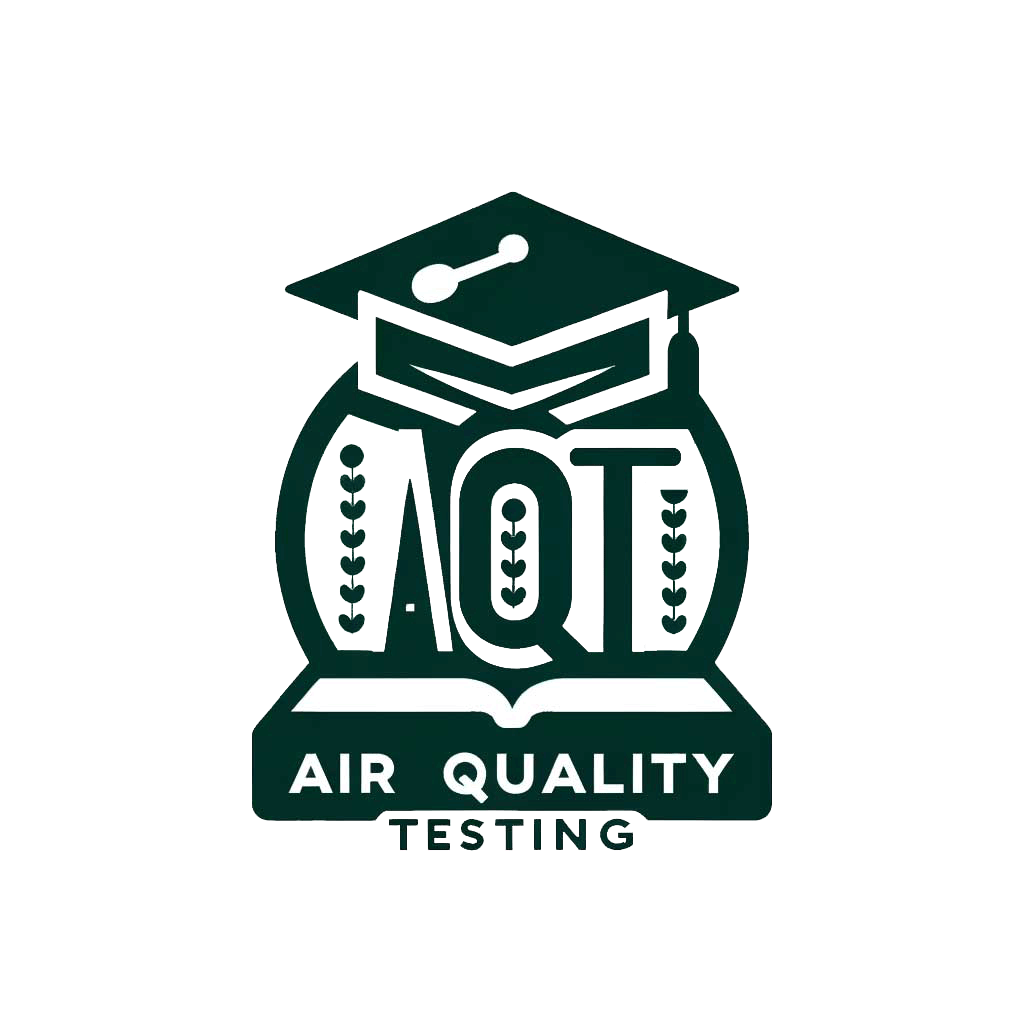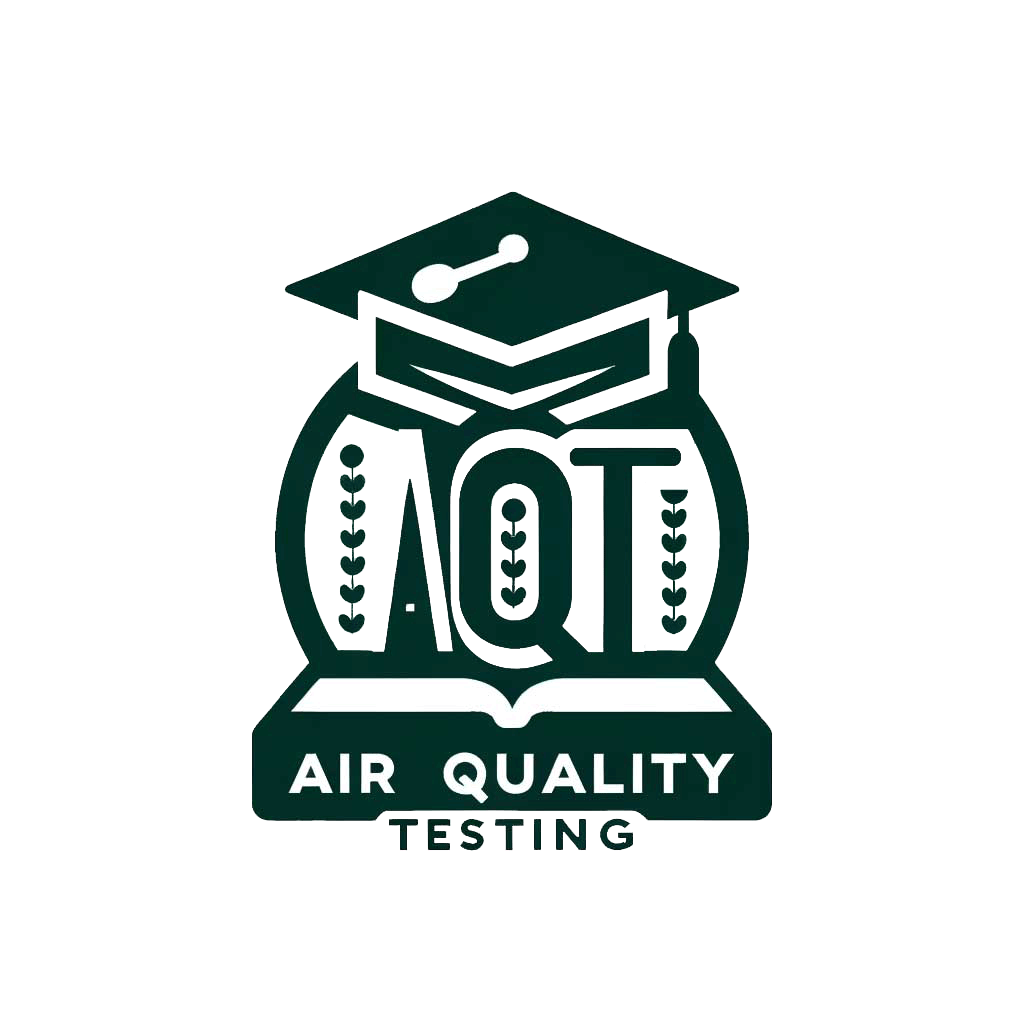Outdoor Air Quality


Taking Action
Individual Choices
In the battle against air pollution, individual actions play a crucial role. Understanding how personal choices, especially regarding transportation and energy consumption, impact air quality is the first step towards making a positive change. This section explores practical steps individuals can take to reduce their environmental footprint and contribute to cleaner air.
Transportation Choices
- Opt for Public Transport, Cycling, or Walking: Whenever possible, choose public transportation, ride a bike, or walk. These modes of transport significantly reduce the pollution per capita compared to personal vehicles.
- Car Sharing and Eco-friendly Vehicles: Participate in car-sharing schemes or consider switching to electric or hybrid vehicles that emit fewer pollutants than traditional gasoline or diesel cars.
- Smart Driving: For those who drive, adopting smart driving techniques—like avoiding rapid acceleration and excessive idling—can lower fuel consumption and reduce emissions.
Energy Consumption at Home
- Energy Efficiency: Make your home more energy-efficient by insulating it properly, using energy-efficient appliances, and switching to LED lighting. This reduces the demand for electricity, much of which is generated from fossil fuels, thereby cutting down on air pollution.
- Renewable Energy Sources: Whenever possible, switch to renewable energy sources. Consider installing solar panels or choosing energy providers that supply electricity from wind, solar, or hydroelectric power.
- Reduce, Reuse, Recycle: Minimize waste by adopting the three Rs: reduce, reuse, and recycle. Waste reduction not only lessens the amount of trash that gets burned, releasing pollutants into the air, but also decreases the demand for new products and the pollution produced during their manufacture.
Sustainable Consumption
- Mindful Consumption: Be conscious of your consumption habits. Opt for products with minimal packaging, buy local and seasonal products to reduce transport-related emissions, and choose goods manufactured through sustainable practices.
- Dietary Choices: Consider reducing meat consumption. Agriculture, especially livestock farming, is a significant source of methane—a potent greenhouse gas. By eating more plant-based foods, you can lower your carbon footprint.
Advocacy and Community Engagement
- Educate and Advocate: Share your knowledge about air pollution and its solutions with friends, family, and community members. Advocacy for cleaner air policies and practices can amplify individual actions.
- Participate in Community Initiatives: Engage in local environmental groups or initiatives aimed at improving air quality. Tree planting, clean-up drives, and community awareness programs are great ways to contribute.
By making informed choices about how we travel, consume energy, and live our daily lives, each of us can contribute to the reduction of air pollution. These individual actions, when multiplied across communities, can lead to significant improvements in air quality. It’s about taking responsibility for our environmental impact and making choices that lead not only to healthier lives for ourselves but also to a more sustainable planet for future generations.
Community Power
Community power represents a dynamic force for environmental change, particularly in the realm of air quality improvement. When individuals come together to form a collective voice, their actions can lead to meaningful changes in policy, behavior, and environmental health. This section explores how communities can unite to promote cleaner air through advocacy, sustainable policies, and support for green initiatives.
Advocating for Sustainable Policies
- Policy Advocacy: Communities can organize to advocate for local, regional, and national policies that aim to reduce air pollution. This can include supporting legislation for cleaner energy sources, stricter emissions standards for industries and vehicles, and investment in public transportation.
- Public Forums and Meetings: Participation in town hall meetings, public forums, and environmental hearings is crucial. These platforms offer opportunities to voice concerns, propose solutions, and influence decision-makers.
- Collaboration with Environmental Groups: Joining forces with existing environmental organizations can amplify efforts. These groups often have the expertise, resources, and networks to drive policy changes and implement community projects effectively.
Supporting Green Initiatives
- Green Infrastructure Projects: Communities can support or initiate projects that contribute to cleaner air, such as urban tree planting, community gardens, and green spaces. These projects not only improve air quality but also enhance the community’s aesthetic and health.
- Renewable Energy Projects: Advocating for and investing in community-based renewable energy projects, like solar panel installations on community buildings, can reduce reliance on fossil fuels and promote cleaner air.
- Sustainable Transportation Programs: Initiatives like bike-share programs, carpooling networks, and campaigns for improved public transit can reduce the number of vehicles on the road, lowering emissions and improving air quality.
Educating and Engaging the Community
- Awareness Campaigns: Education is a powerful tool in the fight against air pollution. Organizing awareness campaigns to inform the community about the sources and impacts of air pollution, as well as ways to reduce personal and collective emissions, can lead to more sustainable behaviors.
- Schools and Educational Institutions: Engaging with schools to incorporate environmental education in their curriculum can foster a culture of sustainability from a young age. Projects and clubs focused on environmental stewardship can empower students to take action.
Leveraging Technology and Innovation
- Citizen Science Projects: Communities can participate in or initiate citizen science projects that monitor local air quality. Using simple, affordable technology, residents can collect data that may help identify pollution sources, understand pollution patterns, and advocate for change.
- Innovative Solutions: Encouraging local innovators and entrepreneurs to develop solutions that address air quality issues, such as pollution-absorbing materials or efficient waste management technologies, can also contribute to cleaner air.
Community power lies in its ability to bring diverse groups together for a common goal. Through collective action, communities can drive significant improvements in air quality, creating healthier, more sustainable environments for current and future generations. By advocating for sustainable policies, supporting green initiatives, educating the public, and embracing innovation, communities can lead the way in the global effort to combat air pollution.
Empowering Change
Empowering change in the context of air quality involves a proactive approach where individuals and communities stay informed, actively participate in scientific research, and support initiatives aimed at understanding and improving air quality. This section delves into how these actions can significantly contribute to positive environmental change and promote a healthier atmosphere.
Staying Informed
- Educational Resources: Accessing reliable information through educational platforms, environmental organizations, and scientific journals is crucial for understanding the complexities of air quality issues. Staying updated on the latest research findings and policy developments enables individuals to make informed decisions and advocate effectively.
- Workshops and Seminars: Participating in workshops, seminars, and webinars hosted by environmental groups or local government agencies can enhance one’s knowledge about air quality issues and solutions. These events provide valuable opportunities for networking and learning from experts in the field.
Participating in Citizen Science Projects
- Engagement in Research: Citizen science projects offer a unique opportunity for non-scientists to contribute to meaningful research on air quality. By collecting data on local air pollution levels, community members can help identify pollution hotspots, track changes over time, and provide evidence that can influence policy and community action.
- Technology and Tools: Modern technology has made it easier for individuals to participate in air quality monitoring. Using affordable sensors and smartphones, citizens can collect and share data on particulate matter, nitrogen dioxide, ozone, and other pollutants, contributing to a larger dataset that can guide environmental health research and interventions.
Supporting Air Quality Research
- Funding and Donations: Financial support for organizations and institutions conducting air quality research is vital. Donations can help fund innovative studies, the development of new monitoring technologies, and public awareness campaigns that shed light on pollution sources and health impacts.
- Volunteering: Offering time and skills to environmental organizations or research projects can accelerate the progress of air quality studies. Volunteers can assist with data collection, community outreach, and educational programs, amplifying the impact of research efforts.
Advocacy and Policy Influence
- Policy Support: By staying informed and involved in air quality research, individuals and communities can more effectively advocate for policies that address air pollution at its source. Supporting measures that limit emissions from industrial, transportation, and agricultural sources is crucial for long-term improvements in air quality.
- Public Voice: Engaging with policymakers through public comment periods, attending city council meetings, and participating in environmental campaigns can ensure that community voices are heard in the decision-making process. Public pressure can lead to stronger regulations and enforcement actions that protect air quality.
Empowering change through education, participation in research, and support for science-based initiatives allows individuals and communities to take meaningful steps toward cleaner air. By leveraging collective knowledge and action, society can address the complex challenge of air pollution, safeguard public health, and ensure a sustainable environment for future generations.
frequently asked questions
How does the number of occupants in a home or building impact indoor air quality and duct cleaning frequency?
The number of occupants significantly affects indoor air quality, with more people leading to faster dust and allergen accumulation. Duct cleaning frequency should be adjusted accordingly.
How does family living, especially with children and pets, affect the need for more frequent duct cleaning?
Families with more occupants, children, and pets might need to consider duct cleaning every 2-3 years to maintain healthy indoor air quality.
In multi-family buildings like condominiums, what factors influence the frequency of duct cleaning?
Centralized HVAC systems in multi-family buildings can accumulate pollutants faster. Building management should consider annual inspections and more frequent cleaning to ensure optimal air quality.
What frequency of duct cleaning is advisable for homes with shared housing arrangements, such as renters or extended family?
Homes with shared living situations might benefit from annual or bi-annual duct cleaning to manage increased activity and maintain a healthier environment.
Why do office buildings with a higher number of employees often require more frequent duct cleaning?
Increased occupancy in office buildings leads to greater air quality challenges due to activity and equipment use. They generally require more frequent cleanings.
What is the recommended duct cleaning frequency for high-traffic commercial spaces like retail stores or restaurants?
High-traffic commercial spaces often need quarterly or bi-annual duct cleaning to ensure a healthy environment and comply with health standards.
Why might schools and educational institutions consider yearly or seasonal duct cleaning?
Schools, with their high occupancy of children susceptible to respiratory issues, may benefit from yearly or seasonal duct cleaning to maintain a healthy learning environment.
How does the seasonal nature of rentals impact duct cleaning frequency?
Properties rented out seasonally may require duct cleaning after a high-traffic rental season to ensure good air quality for the next group of renters.
Why is it crucial to consult with professional duct cleaning services when determining cleaning frequency based on occupancy levels?
Professional services can assess specific conditions and provide expert guidance on the most appropriate cleaning schedule tailored to your situation.



 NADCA
NADCA 


